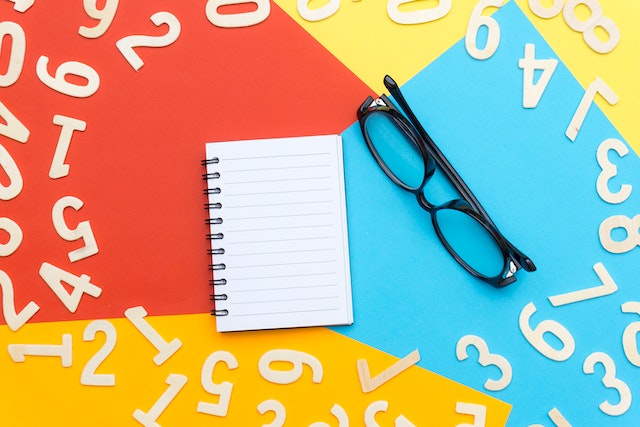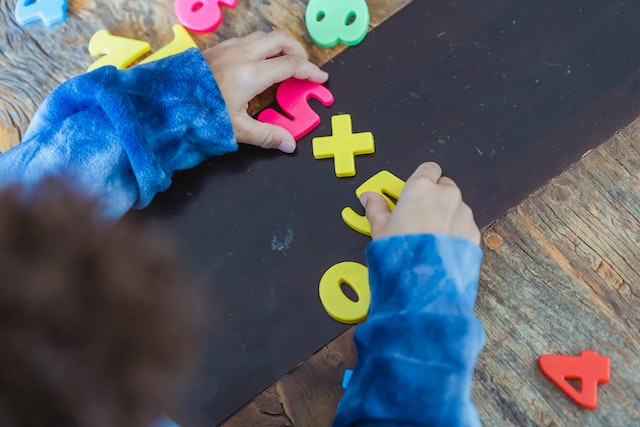How to count numbers in Korean? In Korean, there are two distinct systems for counting numbers: the native Korean system and the Sino-Korean system, derived from Chinese characters. The native system, steeped in the language’s original heritage, has its own set of numerals used traditionally for various purposes. However, with the introduction and widespread adoption of Chinese characters, the Sino-Korean system gained prominence and is now extensively utilized in contemporary Korean life.
In this guide, we aim to unravel the intricacies of both systems, providing a comprehensive understanding of when and how each is used in daily communication. Whether you’re a language enthusiast, a cultural explorer, or simply curious about the Korean language, join us as we embark on this numerical journey to master the art of counting in Korean. Let’s begin our journey into the captivating realm of Korean numbers!

Native Language (고유어)
1 Hana 하나
2 Dool 둘
3 Set 셋
4 Net 넷
5 Dasut 다섯
6 YeoSut 여섯
7 Il-Gob 일곱
8 YeoDeolb 여덟
9 Ah-Hob 아홉
10 Yul 열
Chinese Characters (한자어)
1 Il 일
2 I 이
3 Sam 삼
4 Sa 사
5 O 오
6 Yook 육
7 Chil 칠
8 Pal 팔
9 Goo 구
10 Sib 십
Knowing how to count in both the native Korean and Sino-Korean systems not only enhances your linguistic proficiency but also enriches your understanding of Korean culture and history.
Once you have a firm grasp of these initial ten numbers, you’ll find that expanding your knowledge to higher numbers becomes a much more straightforward and intuitive process. The beauty of Korean numerals lies in their logical and systematic progression, making it easier for learners to build upon their initial understanding.

How to count numbers in Korean with the Chinese character numbers?
From 11 to 20 – the Chinese character numbers
11 Sib-Il 십 일
12 Sib-I 십 이
13 Sib-Sam 십 삼
You just combine words from 1 to 10 to create higher numbers. It is as simple as that!
You can go all the way to 99 because there is another word to describe 100
100 Baek 백
101 Baek-Il 백 일
111 Baek-Sib-Il 백 십일
200 I-Baek 이 백
300 Sam-Baek 삼 백
100 is Baek in Korean. Once you reach 100, just add Baek then you can keep going with the other numbers from 1 to 10.
What about 1000, 10000, 100000?
1000 Chun 천
1001 Chun-Il 천 일
1010 Chun-Sib 천 십
1100 Chun-Baek 천 백
2000 I-Chun 이 천
10000 Man 만
100000 Sib-Man 십 만
1000000 Baek-Man 백 만
10000000 Chun-Man 천 만
100000000 Eok 억
For 100, 1000, 10000, you don’t say the number 1 (ill, 일) in front, but it is common to say Ill-Eok (일억) rather than just Eok (억) when it comes to 100000000.
So now we’re done with counting numbers with the Chinese character numbers.
Let’s count numbers with the native language numbers.
From 11 to 20 – the native language numbers
11 Yul-Hana 열 하나
12 Yul-Dool 열 둘
13 Yul-Set 열 셋
14 Yul-Net 열 넷
15 Yul-DaSut 열 다섯
16 Yul-YeoSut 열 여섯
17 Yul-Il-Gob 열 일곱
18 Yul-Yeo-Deolb 열 여덟
19 Yul-Ah-Hob 열 아홉
20 Su-Mool 스물
That’s right. You only need to combine words from 1 to 10 most of the time, except for 20, 30, 40, 50, 60, 70, 80, and 90. From 100, use the Chinese character way to count the number.
30 Seo-Reun 서른
40 Ma-Heun 마흔
50 Shi-Eun/Shieun 쉬은/쉰
60 Ye-Soon 예순
70 Il-Heun 일흔
80 Yeo-Deun 여든
90 A-Heun 아흔
Count numbers with native language numbers or with Chinese character numbers?
There are some particular circumstances one way is preferred over the other.

Use the Chinese character numbers
- When the number is over 100
Since you can’t count numbers after 99 with the native language numbers, usually higher numbers are preferred to be counted with the Chinese character numbers.
- When you do the mathematical calculation.
For example, the mathematical calculations like 1 + 2 = 3, the Chinese character numbers are used.
1 + 2 = 3. il deohagi i neun sam

Use the native language numbers
- When you count something that is not a lot.
For instance, when counting 2 of bread, not 56 of bread. 3 dogs, not 63 dogs.
2 bread. Ppang Du-Gae
3 dogs. Gae Se Ma-ri
If 56 of bread, use the Chinese characters numbers.
56 of bread. Ppang Sib-Yook-Gae
- When you say your age
You can say your age in both ways, but it is more natural to say your age with the native language numbers.
Example
- I’m 21 years old: Nanun SuMool Han Sal Ida.
When you say your age, you can see a slight change in pronunciation for the last number. I will discuss this later in detail.
Navigating the intricate landscape of the Korean language reveals a fascinating interplay between its two numerical systems: the native Korean numbers and the Sino-Korean numbers, which are derived from Chinese characters. These systems are not just mere methods of counting; they are deeply intertwined with the language’s structure, usage, and cultural context. Typically, it is more natural and grammatically harmonious to pair Sino-Korean numbers with words that have Chinese origins, and similarly, to combine native Korean numbers with words that are rooted in the indigenous language. This nuanced approach to number usage is a reflection of the language’s historical evolution and its rich tapestry of influences.
In this post, we’ve learned how to count in Korean, laying the groundwork for a deeper understanding of these two distinct yet complementary systems. As we continue this journey in future discussions, we will delve into more detailed aspects of each system, including their specific applications in various real-life scenarios, such as telling time, counting objects, discussing dates, and dealing with money. We will also explore the subtleties of choosing the appropriate system based on context, enhancing not just your language skills but also your cultural competence. In addition to learning how to count numbers in Korean, it would be useful to learn how to say colors in Korean. Check out my other post in the link.